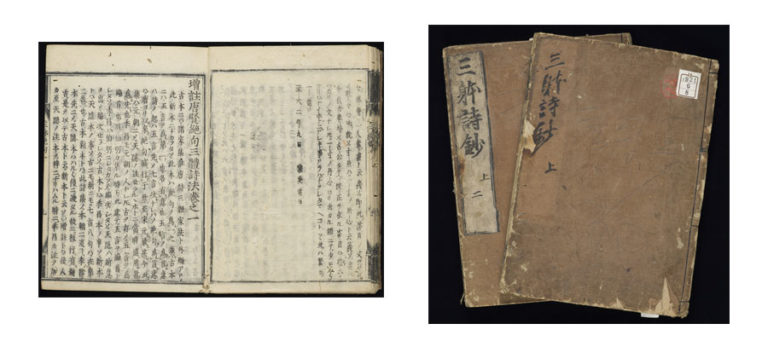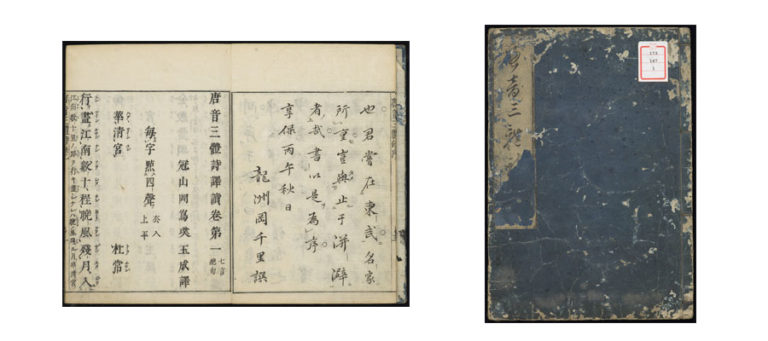This article is from the free online
Sino-Japanese Interactions Through Rare Books


Reach your personal and professional goals
Unlock access to hundreds of expert online courses and degrees from top universities and educators to gain accredited qualifications and professional CV-building certificates.
Join over 18 million learners to launch, switch or build upon your career, all at your own pace, across a wide range of topic areas.

 Fig.1 Santaishi zekkushō, dated Gen’na 6 (1620)
Fig.1 Santaishi zekkushō, dated Gen’na 6 (1620) Fig.2 Santaishi soinshō, Kan’ei 14 (1637) edition
Fig.2 Santaishi soinshō, Kan’ei 14 (1637) edition Fig.3 Santaishi shishō, Mountain Travel
Fig.3 Santaishi shishō, Mountain Travel Fig.4 Santaishi shōkai (A Detailed Explanation of the Santishi), Genroku 13 (1700) edition
Fig.4 Santaishi shōkai (A Detailed Explanation of the Santishi), Genroku 13 (1700) edition Fig.5 Tōon Santaishi yakudoku (A Translation and Reading of the Santishi with Chinese Pronunciation), Kyōhō 11 (1726) edition
Fig.5 Tōon Santaishi yakudoku (A Translation and Reading of the Santishi with Chinese Pronunciation), Kyōhō 11 (1726) edition





